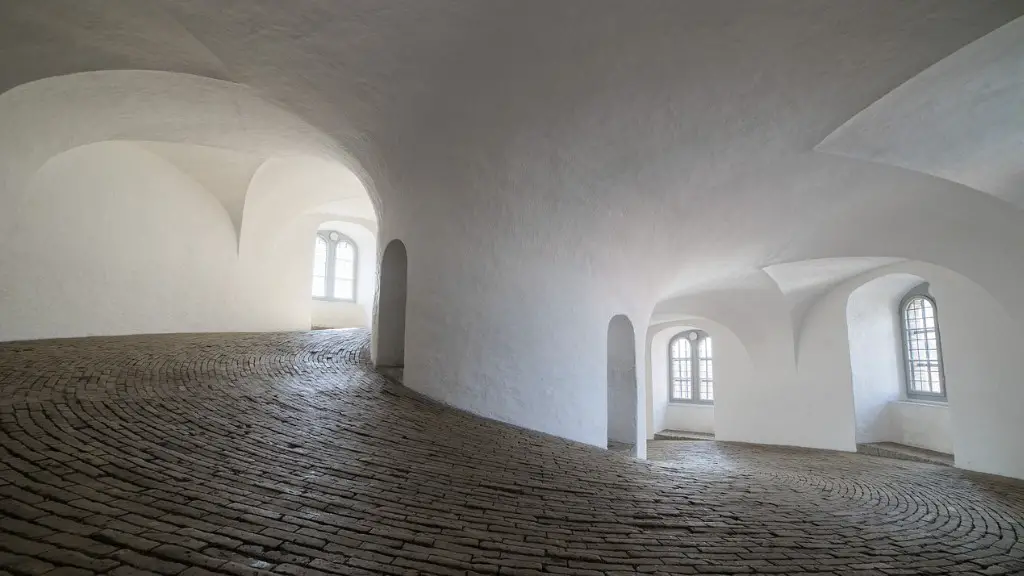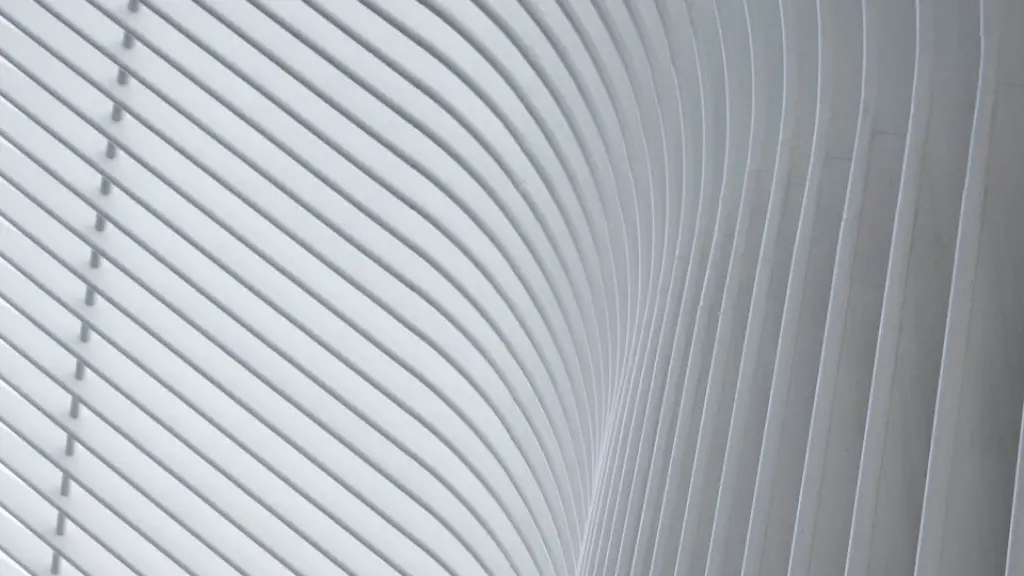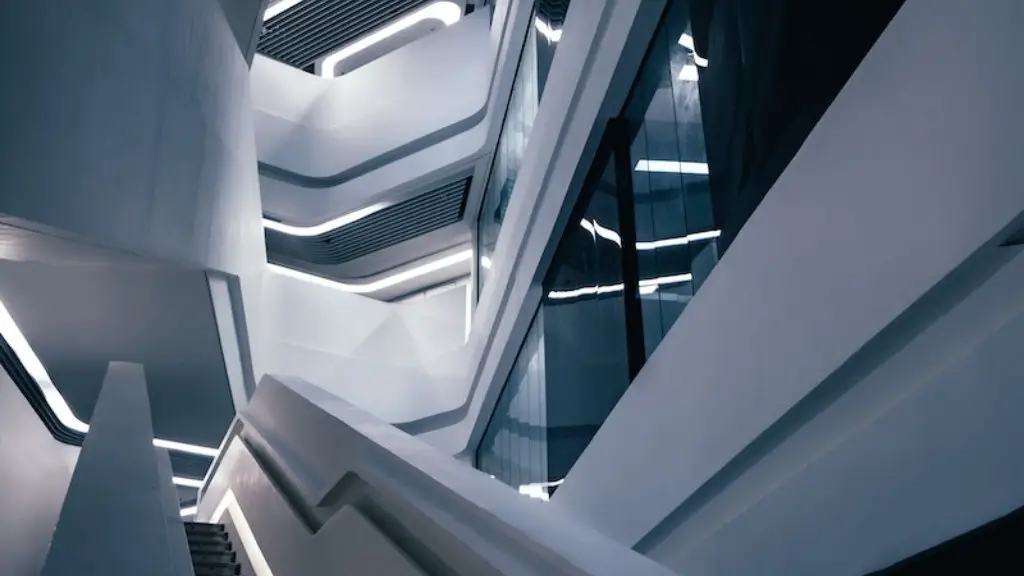Architecture is one of those rare disciplines that can both captivate the imagination and challenge the intellect. Its magnificence lies in the ability to successfully combine the rigid principles of engineering with an artistic flair that has left its signature upon mankind throughout the course of time.
It is not often that an individual is asked to explain why they like something. But when it comes to architecture, it is almost as though the question itself is incredibly simple. For those of us who appreciate its complex forms, styles and processes, it may be difficult to fully explain the reasons why we like it – perhaps this interest is something that simply defies words; it is a feeling that is as intuitive as it is intangible.
At its core, architecture is defined as the process of designing and constructing buildings, items and spaces to meet specific needs and an aesthetically pleasing form. In its finest form, architecture serves as a perfect structural solution perfectly fused with an artistic interpretation. This synthesis of characteristics gives the observer a sense of timelessness, ushering admiration of a product that endures the test of time and surpasses modern concepts of trends, styles and movements.
The appreciation of architecture runs deeper than simply acknowledging it aesthetically. To truly understand what leading architects have accomplished in their time, one must take into consider the level of technical knowledge and expertise that has gone into the creative process. An architect is more than a creative designer; they operate as an engineer, crafting a design that is not only visually stimulating but also one that is rigorously tested for safety, sustainability and longevity.
It is this intricate knowledge, the assembly of form and function, that makes architecture so appealing. The architectural process itself can be a source of great enjoyment – from the initial vision, to the drafting of a concept sketch and finally, the complex engineering details that make the final product what it is. Crafting a structure that conforms to specific technical requirements and design objectives is a stimulating task, in and of itself; a process that can invoke excitement and even the slightest bit of anxiety.
The appreciation of architecture goes beyond the appreciation of the structure itself. Upon closer inspection, the observer can begin to pay attention to the degree of thought and effort that had gone into the formation of the building; the number of sketch designs and technical calculations that had to be made in order to bring the final product to fruition.Architecture also brings awareness to the important role that the individual can have in one’s environment and the impact that a structure or item can have on the wellbeing of a community.
The Impact of Architecture
Architecture can have an immense impact on our lives, from impacting wellbeing and enriching lifestyle, to creating more efficient living spaces. It can also shape landscapes, affecting behaviour and outlooks on a larger scale in order to create a flourishing cityscape. These are just a few reasons why architecture is such an important concept to keep in consideration – to help us create sustainable and efficient workspaces for ourselves and our future generations.
The ability to combine this knowledge of technology and engineering with the creative vision is what makes architecture so captivating. This is something that is not only able to define an environment, but also something that can bring people together or provide us with an inspirational outlook. The level of precision accountancy and the practiced eye of the architect are both essential components to the success of any structure.
It is not only in the present that architecture is of such importance. By paying attention to the structures of the past, we can learn much – not only in terms of design, but also in terms of the potential of possibility. With the right amount of attention and thought, architecture can help to evolve a nation, providing examples of what can be achieved when a vision is fused with the power of engineering and the investment of resources toward ambitious goals.
The Designers Perspective
The perspectives of architects themselves can offer us insights and edification that can aid in our understanding of the field. Speaking with a select few designers, it is evident that this interest in architecture is deeply rooted within the individuals. Most can recall an early fascination with structure, from lego blocks as children, to admiring classic civil engineering feats within the present.
Through their experiences, many have challenged the notion of architecture being placed solely within a technical field and have argued that architecture serves as a method of communication, steering individuals to discuss issues at hand and unearth solutions that could not be achieved through conventional thought. It is this passion for the craft that often drives the architects and allows them to thrive in their respective fields.
The design and implementation of a successful building is far more complex than simple mechanical tasks. This process requires an understanding of many scientific, technical and even artistic facets. For many architects, this is a craft they take great pride in, providing their creative insight and expertise to what can often be overlooked as a mundane task.
The Senses
Architecture can evoke emotion and feeling in people. When looking at a structure, an individual can subconsciously interpret it through the lens of one’s own experience. This can lead to admiration or disinterest, and even strong opinions or discussion on the merits of it. Even so, the passion for architecture is deeply rooted within the observer, stimulating a base level of sentiment.
Architecture is also multifaceted. It can both manipulate the senses and invoke feelings of security, luxury and relaxation, to feelings of awe and wonder. Depending on the context and materials used, a structure can both empower and inspire. It can allow for personal interpretation and spark conversations, making room for discourse, creativity and innovation.
The Aesthetic
Aesthetically speaking, architecture is an ever-evolving field that incorporates new visions and styles, providing the public with inspiration from all corners of the world. It is this diversity and attention to the subtle aesthetic details that make architecture so captivating.
From classical revivals to modern movements and contemporary structures, there is a diversity to explore and to take into consideration. This appeal is what keeps architecture so endlessly intricate, continually reshaping our perspectives on the world around us.
In Practice
The practice of architecture has a unique challenge set forth in its definition – to construct environments, objects and places that are built out of existing needs, with plentiful sustainability factors to consider in order to maintain the longevity of the design. Architecture is a practice arguably as rewarding as it is complex, a craft that requires special amounts of creativity, knowledge and experience.
It also requires a deep understanding of the environment and the people who inhabit it – something that can provide further appreciation and understanding of the world around us. From a structural standpoint, it must be executed within the framework of what the public expects and desires, while synergising public safety and sustainability. This challenge is one without hesitation, and something that architects take on with great care and enthusiasm.
The Integration of Technology
Architecture has adapted in many ways to the integration of modern technologies. From modernised tools used to create accurate construction drawings, to the introduction of 3d modelling software, the tools and techniques used to craft a structure today have come a long way from the days of the drawing board.
In doing so, architectures have maximised their ability to create structures with unparalleled degrees of accuracy and precision. This allows for buildings of greater realism, more optimised solutions and solutions that are more specific and tailored.
The introduction of software and modern technologies has significantly assisted the field, aiding in both the efficiency of construction projects and the precision of the designs. As technology progresses, we will continue to see advancements in the field of architecture and its intrinsic processes – allowing for greater possibility and design potential.
The Human Element
Designers have an intimate relationship with the final products of their craft; they are deeply invested and take pride in their work. From the conceptualisation of a design, to the implementation of the building, the level of connection and attention to detail that architects demonstrate is what makes the profession truly admirable.
It is this attention to detail and appreciation of the minutiae of life that further aids the understanding and appreciation of architecture. It is this consciousness for the little details and appreciation for the work of others that is so fundamental to the discipline, providing us with a central understanding and admiration for the complexity that is architecture.
The Nature of Success
Architecture can be interpreted as a reflection of self-expression, yet this requires an intimate understanding of the physical and theoretical boundaries within the field. It is an art that necessitates thought, patience and technical prowess. Success. though, lies within the discernment of the observer – personal opinion is a highly defining factor.
At its finest, architecture can exist as a powerful example of the potential of possibility and ambition; a demonstration of what can be achieved when a vision and goal are amalgamated with engineering and creativity.The potential of architecture is something that often epitomises our admiration of the craft – and its value goes beyond simple aesthetics, captivating our imaginations and divulging the potential of potential.





